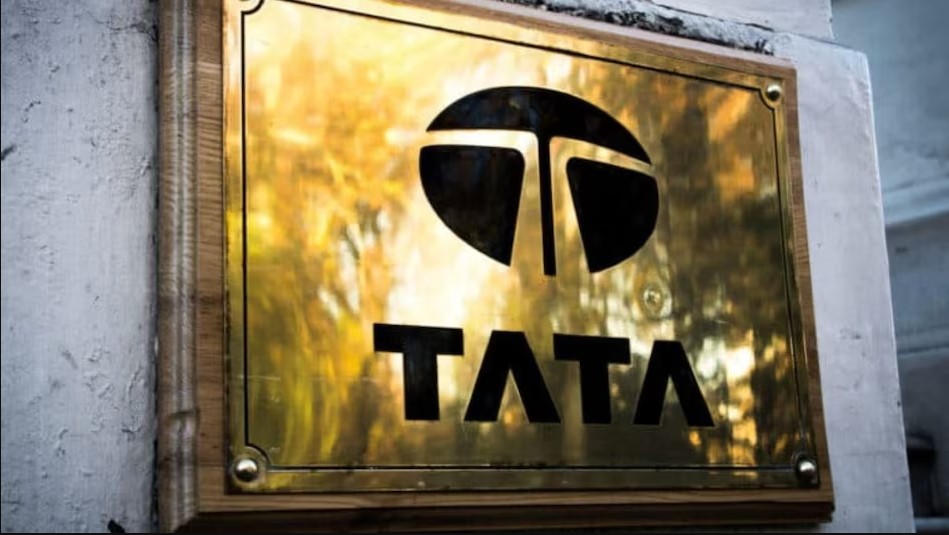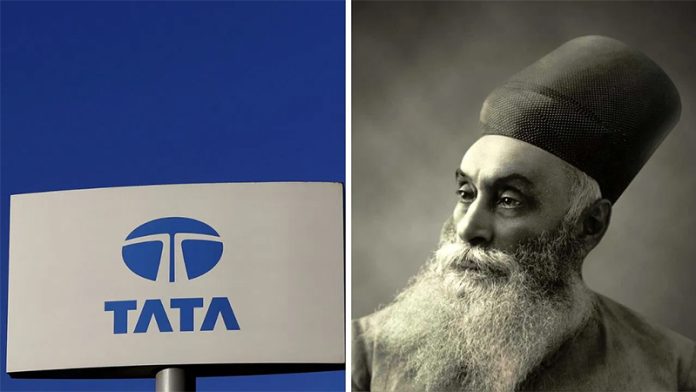When Jamsetji Tata, the visionary founder of the Tata Group, faced insurmountable odds in the shipping industry, he made the bold decision to shut down Tata Shipping Line in the 1890s. This strategic choice, detailed in a new book, showcases his acumen in making tough calls to cut losses and refocus on more viable ventures.
Jamsetji started the ‘Tata Line’, the first business to bear the Tata name, to challenge the monopoly of the English P.&O., which dominated shipping from India in the 1880s and 1890s. The P.&O., supported by the British India government, charged Indian merchants exorbitant freight rates and offered greater rebates to British and Jewish firms, creating an uneven playing field for Indians, as outlined in “Jamsetji Tata – Powerful Learnings For Corporate Success” by R Gopalakrishnan and Harish Bhat, two Tata group veterans.
Feeling the adverse impact on his textile business, Jamsetji traveled to Japan to collaborate with Nippon Yusen Kaisha (NYK), Japan’s largest shipping line. NYK agreed to partner only if Jamsetji took an equal risk and managed the ships himself. He chartered an English ship, ‘Annie Barrow’, at a fixed rate of 1,050 pounds per month, making it the first vessel of the ‘Tata Line’.
Jamsetji believed this venture would lower shipping rates for the entire Indian textile industry, from Rs 19 to Rs 12 per tonne of freight, breaking P.&O.’s monopoly. Soon, a second ship, ‘Lindisfarne’, was chartered. In October 1894, The Tribune praised Jamsetji’s efforts, noting their significance in India’s industrial sector.
P.&O. quickly retaliated by slashing rates to Rs 1.8 per tonne, but only for merchants who agreed not to use the Tata Line or NYK ships. They also offered free shipping to some merchants and spread rumors that ‘Lindisfarne’ was unfit to carry cotton. Despite Jamsetji’s protests to the British Indian government, the unfair practices continued.
Gradually, Indian merchants withdrew their support from the Tata Line, fearing P.&O.’s influence. Despite warning them of future rate hikes if Tata Line closed, Jamsetji faced mounting losses. By the end of the ‘War of Freights’, he had spent over Rs 1 lakh on Tata Line, with monthly losses in the tens of thousands of rupees.
After careful consideration, Jamsetji concluded that there was no sustainable way forward for Tata Line. He decided to shut down the business, even though it risked his reputation as a successful entrepreneur. He sent back the leased ships to England, ending the Tata Line.
Most of Jamsetji Tata’s ventures, including Empress Mills, Svadeshi Mills, Ahmedabad Advance Mills, Tata Steel, and Tata Power, succeeded. However, the Tata Line was one that did not. This story, as detailed in the book, shows Jamsetji’s ability to make tough, strategic decisions without letting emotions cloud his judgment.
Source: https://www.businesstoday.in/latest/corporate/story/when-jamsetji-made-the-bold-move-to-shut-down-tata-groups-first-venture-440063-2024-08-04



